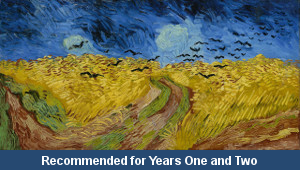Lesson Four – Pirate Treasure

This English teaching pack for Key Stage One gets the children to select and devise a treasure map with matching commands that pirates can use to find treasure that has been hidden on an island.
The class can choose and compose a range of different sentences that are commands or questions about where the pirates can find a treasure chest on an island.
Download this teaching pack including a lesson plan, classroom activities and an interactive presentation to select and devise a treasure map with matching commands that pirates can use to find treasure that has been hidden on an island
Activities in this teaching pack include display posters to identify questions and commands that can be used to find a treasure chest on an island and a worksheet to select locations to use when creating a map showing pirates where some treasure has been hidden on an island.
The interactive presentation gets the children to explore how to devise a treasure map with matching commands that pirates can use to find treasure on an island.
This lesson is part of an English scheme of work to get the children to read and follow sets of simple instructions, practise building words by adding the suffix ly to different word roots and write sentences that are commands, questions and statements. There are teaching activities for shared learning, differentiated worksheets to support independent learning and interactive presentations to introduce concepts and key skills.
-

Mother Nature
Explore how mother nature can provide nourishment, protection and support to all living things in different habitats and environments
-

Digraphs Word Sums
Investigate the spellings and meanings of different sets of words with a range of initial consonant digraphs
-

Van Gogh
Investigate and replicate the work and painting style of a famous artist from the past by producing a matching landscape of the school building
-

Harbour Labels
Practise structuring and formatting different word processed documents to describe a range of ships and boats seen in a harbour
